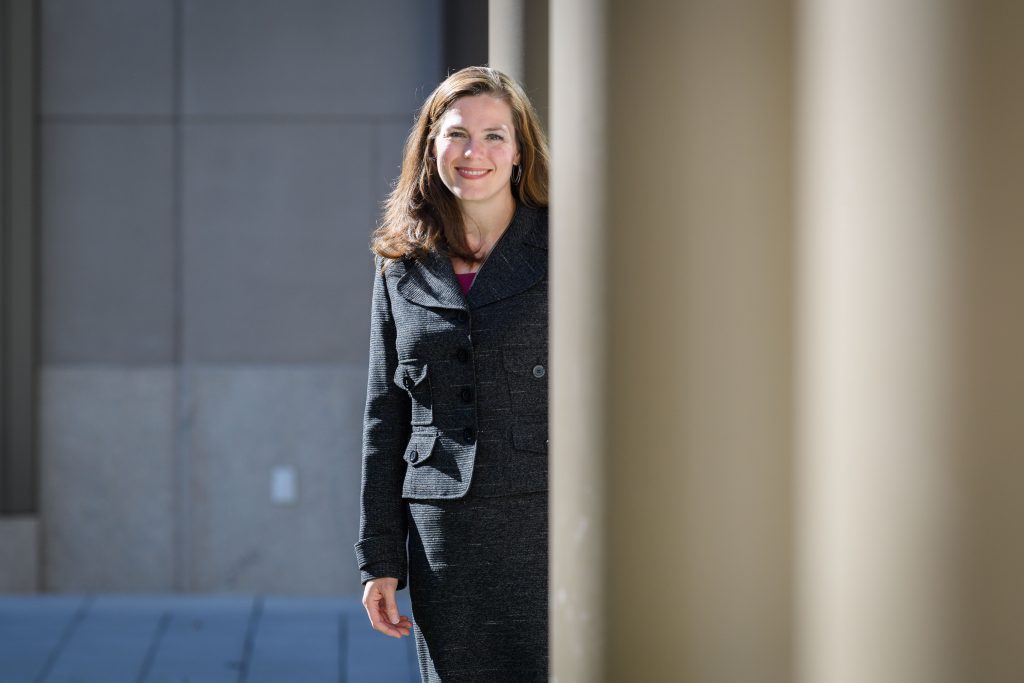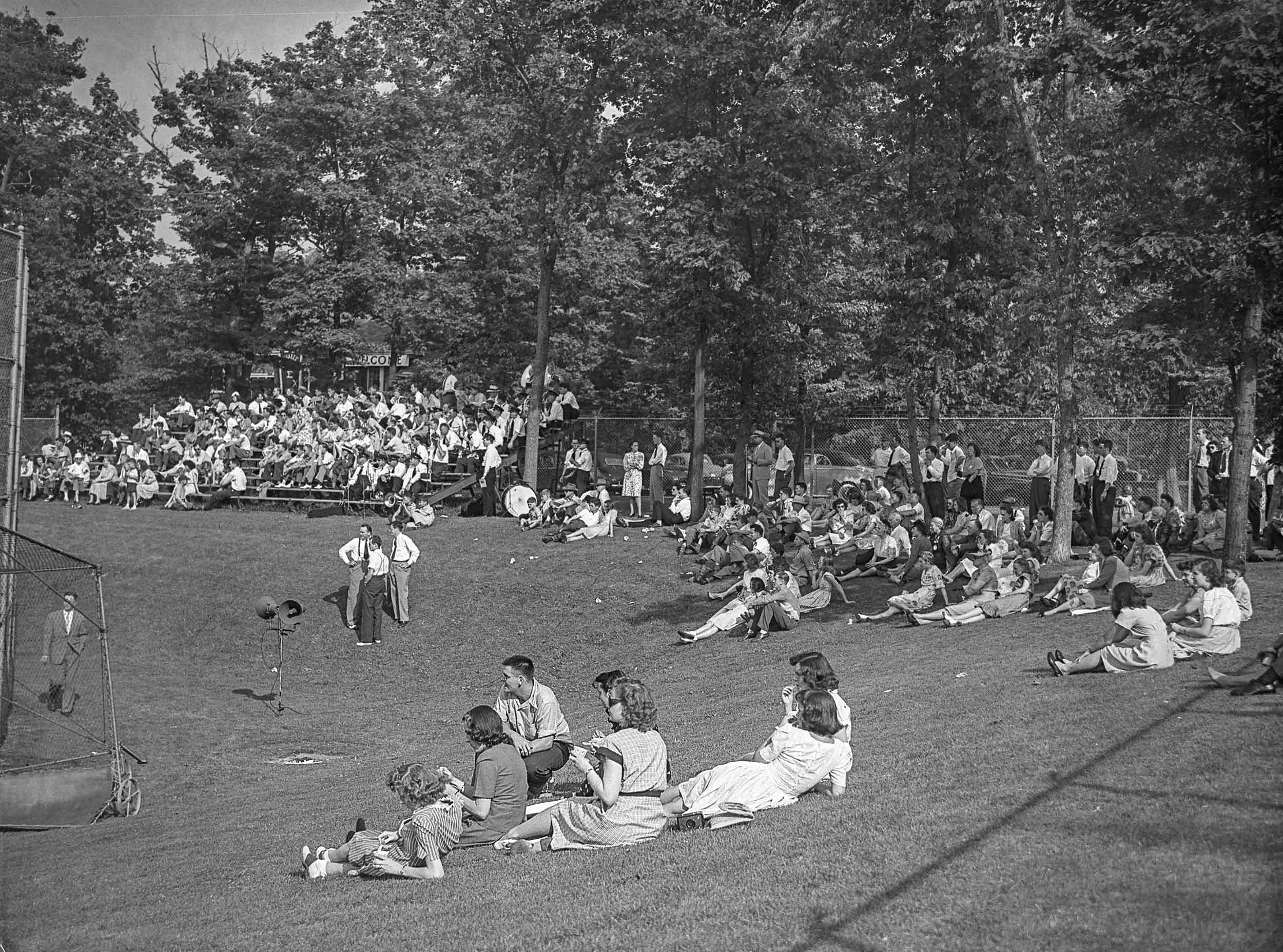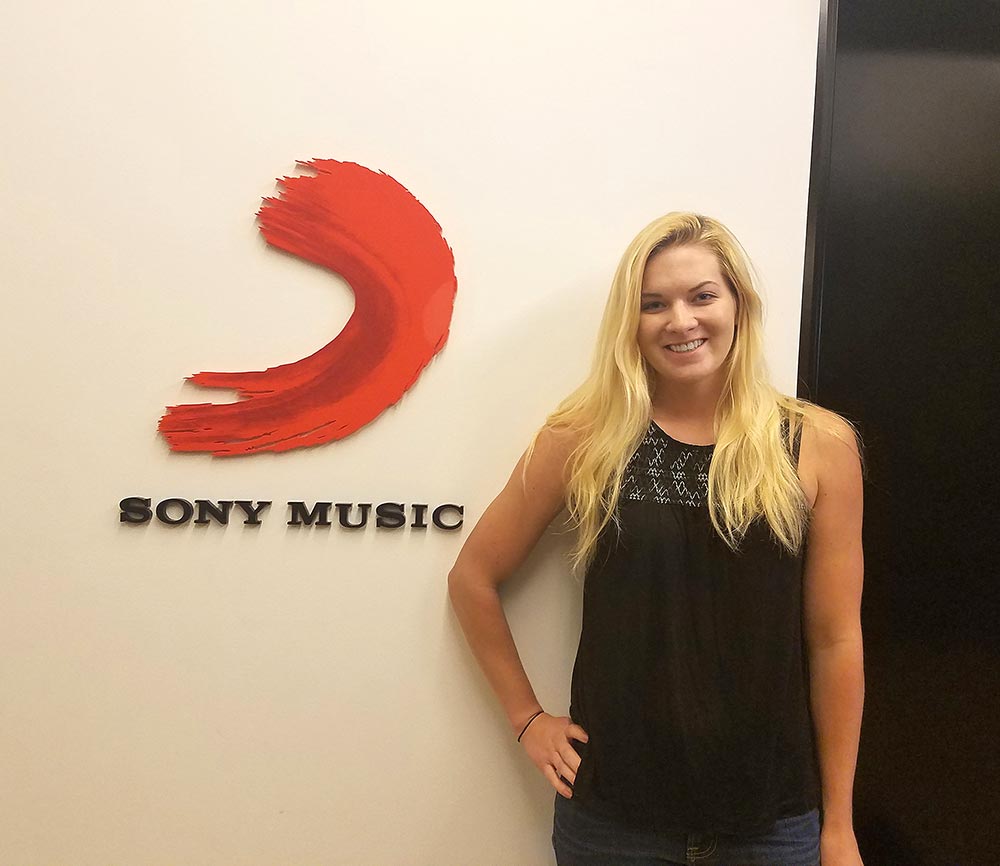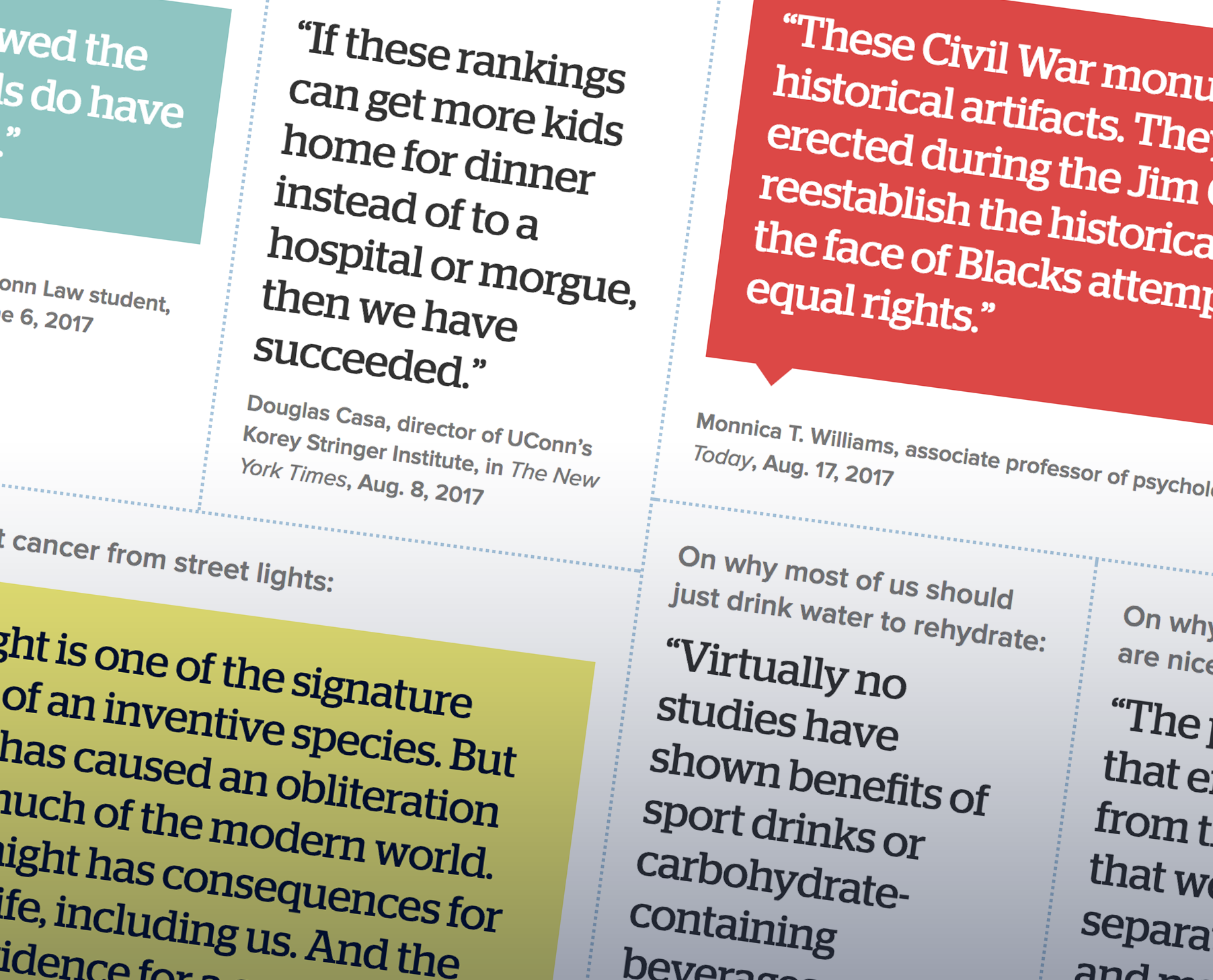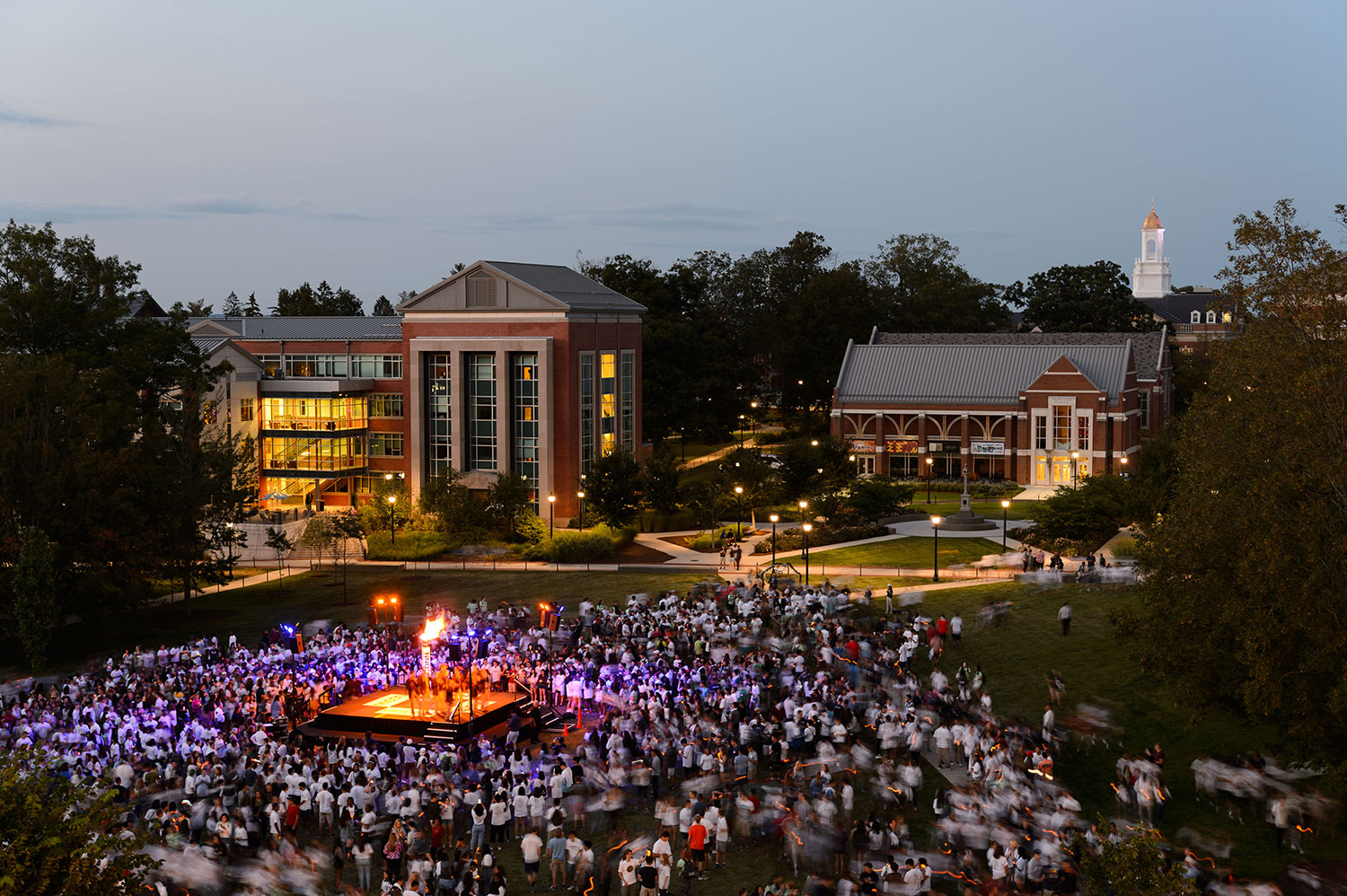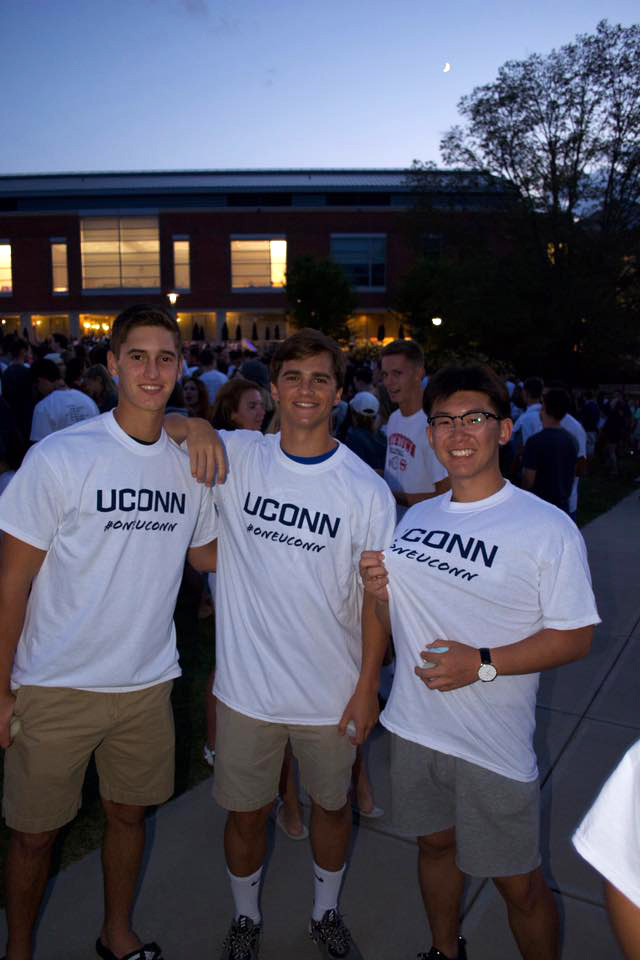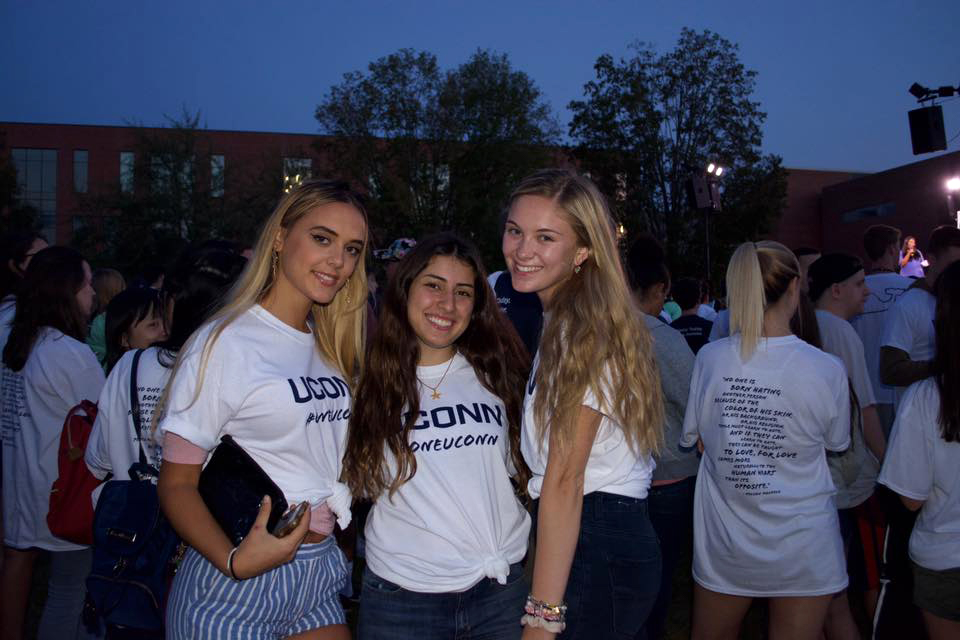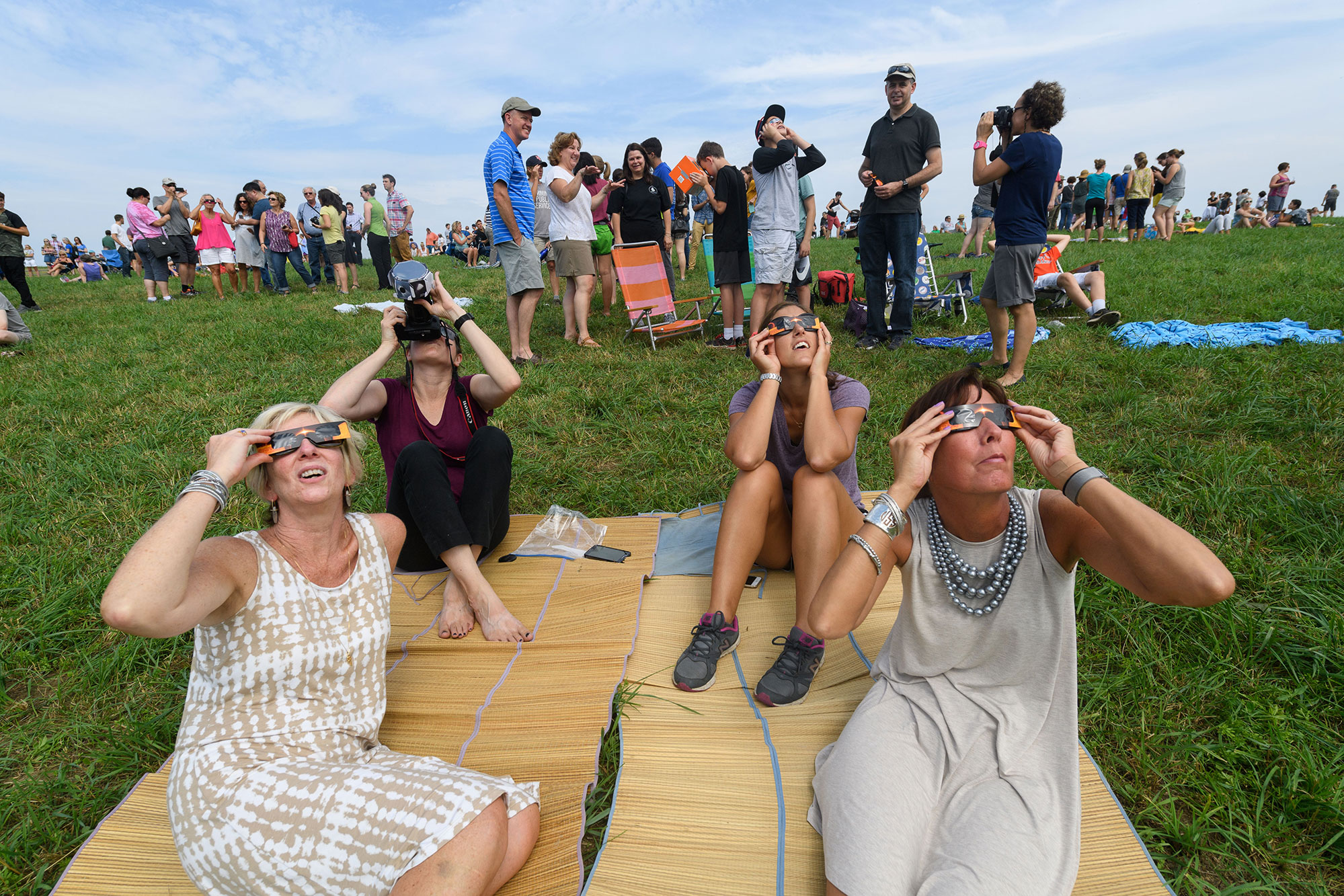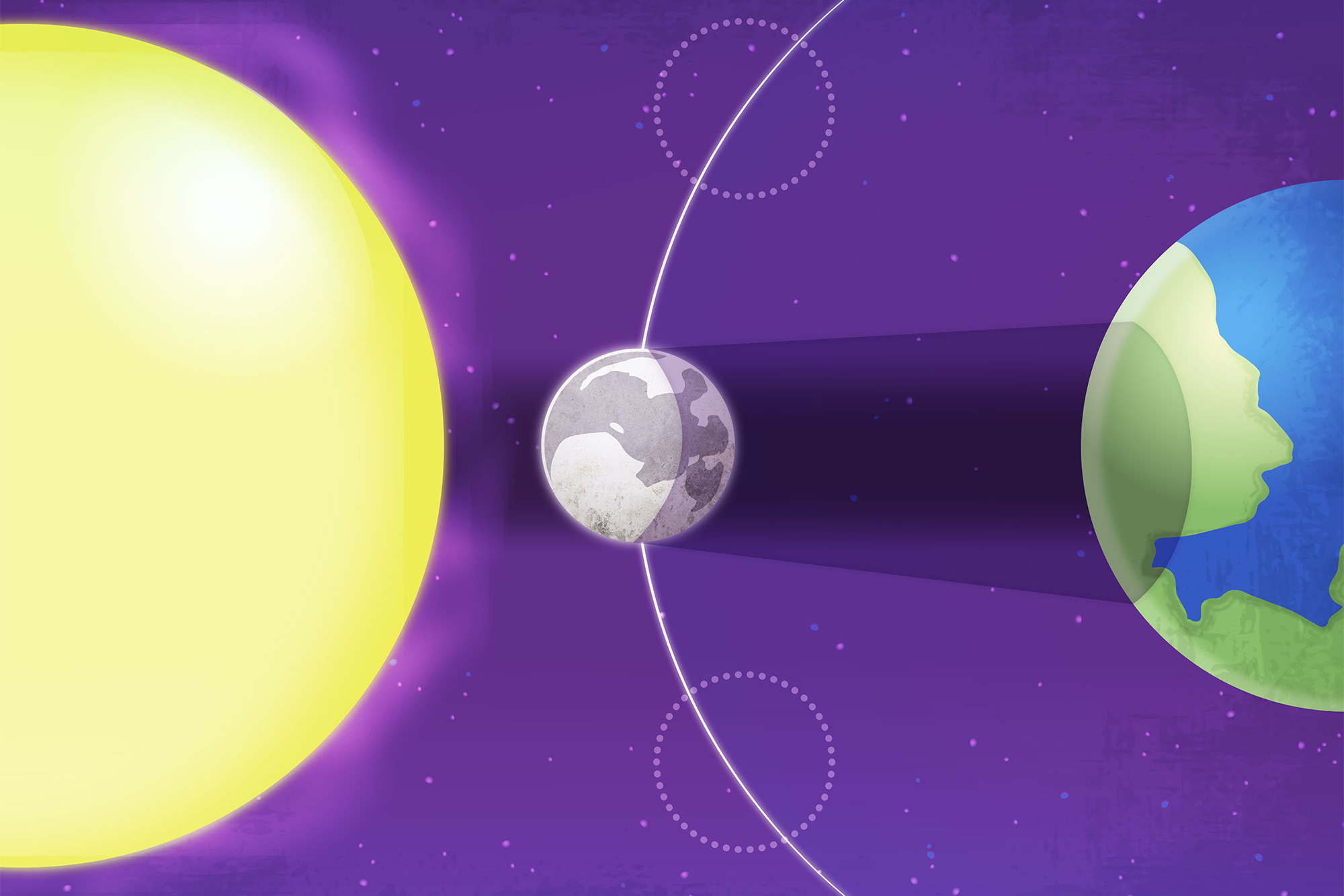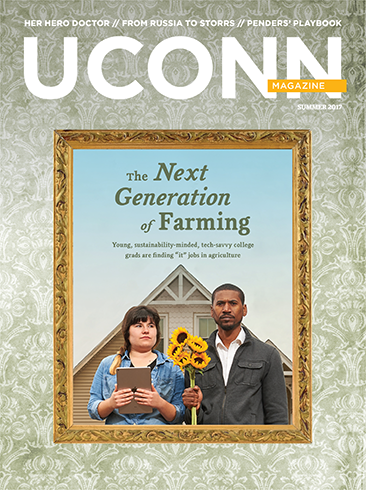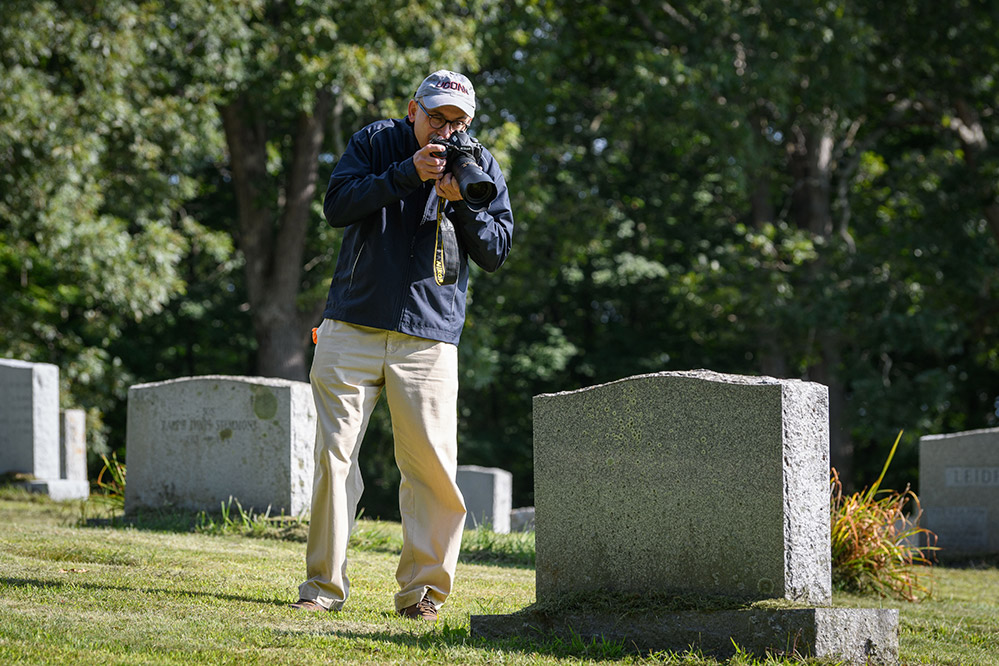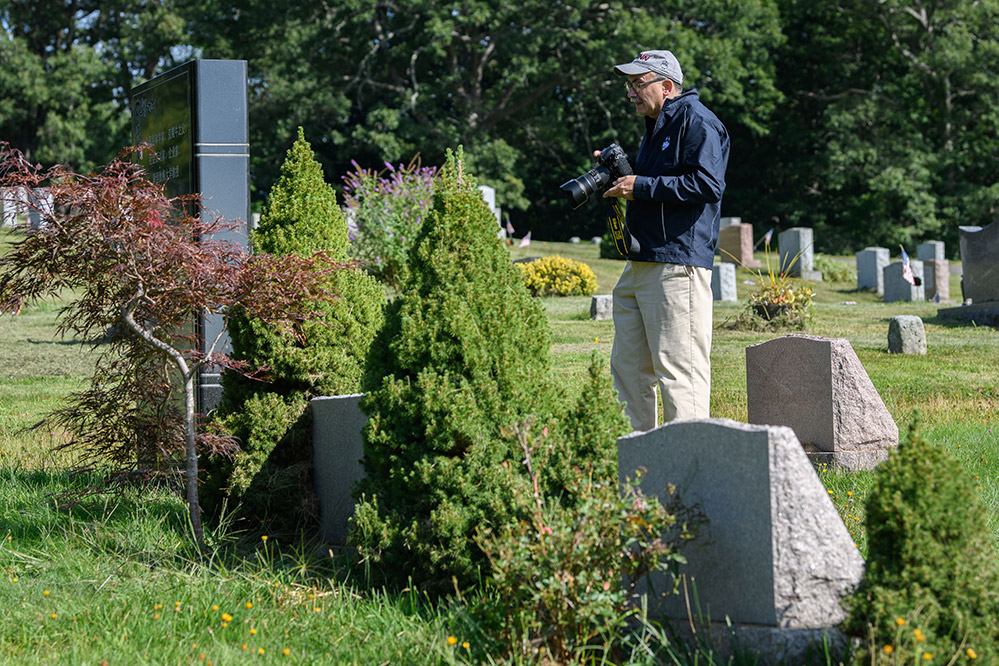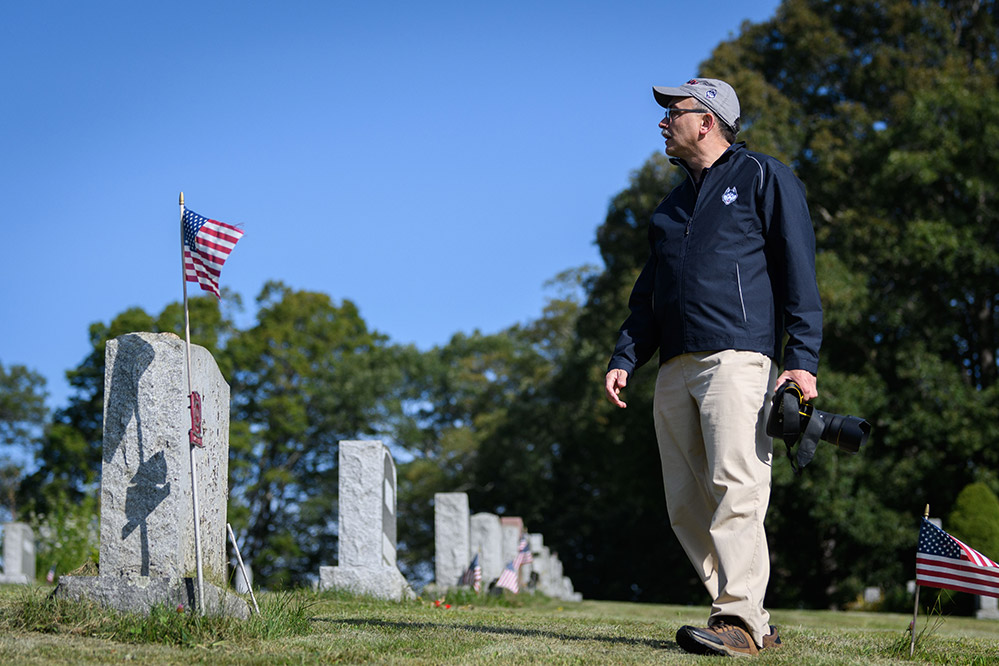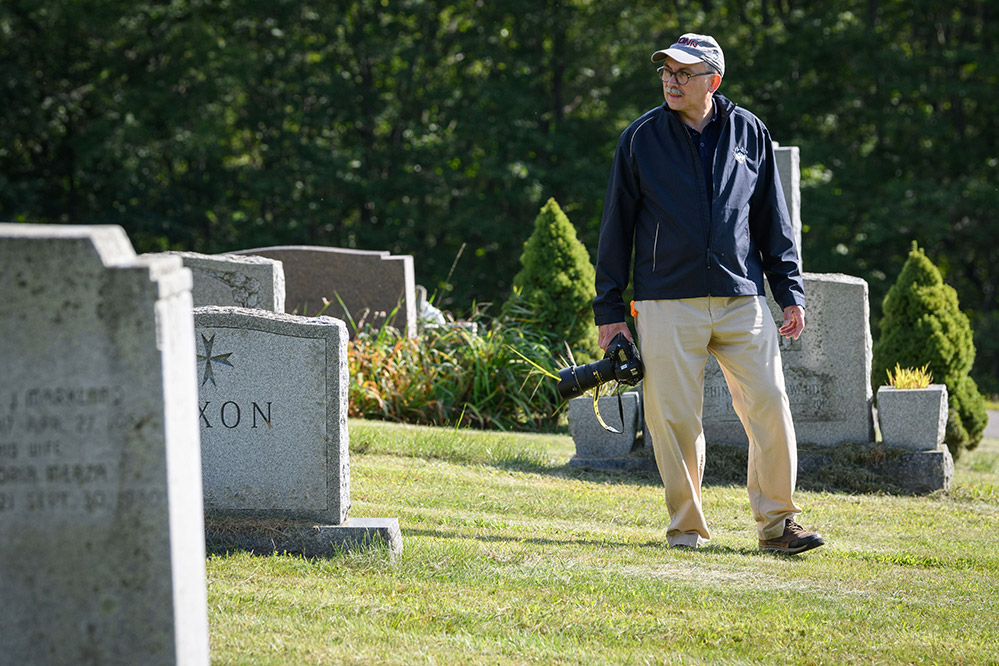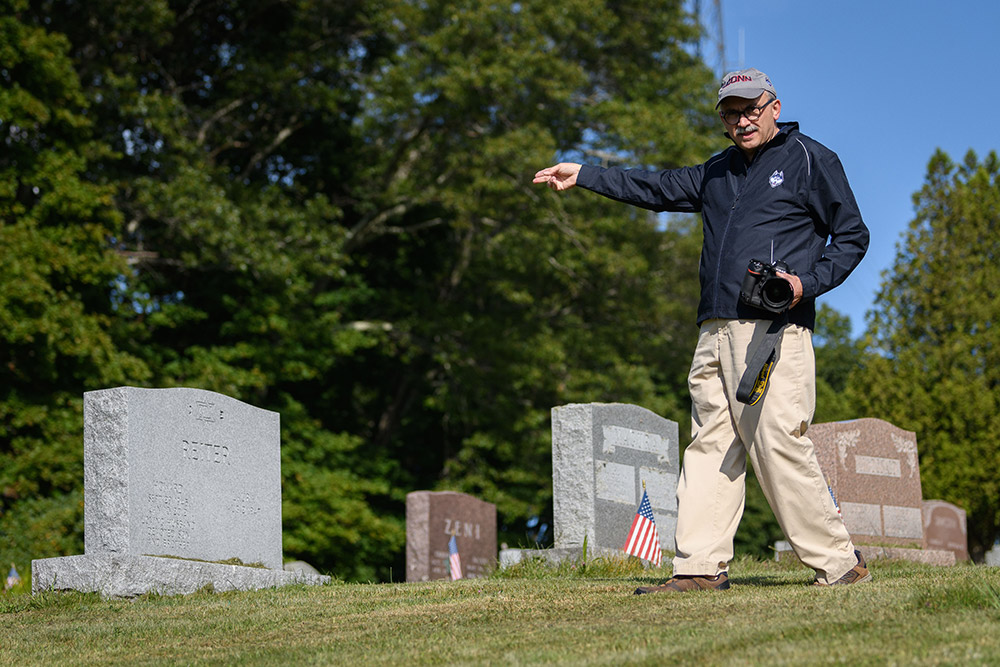Kerri M. Raissian, an assistant professor of public policy in the College of Liberal Arts and Sciences, conducts research focused on child and family policy, with an emphasis on understanding how polices affect fertility, family formation, and family violence. She previously spent 10 years working with children and families in the public and nonprofit sectors. Earlier this year, she and her colleague Lindsey Rose Bullinger of Indiana University, published their study, “Money matters: Does the minimum wage affect children maltreatment rates?” in Children and Youth Services Review. They found that a $1 increase in the minimum wage can result in a statistically significant 9.6 percent decline in child neglect reports. She spoke with UConn Today about the study.
How did you come up with the idea to examine this question?
There’s been a small but burgeoning literature about the causal effects of income on child maltreatment, which includes neglect, physical and sexual abuse, and other forms of abuse. We chose to examine this income lever because several stylized facts lead us to believe there might be an association. For example, it turns out that minimum wage earners are often family breadwinners, and notably, they are often single moms. Neglect is by far the most common type of child maltreatment ”“ nationally it’s about 70 percent to 75 percent of all child maltreatment referrals. And finally, single moms are the most likely group to actually engage in child maltreatment, usually neglect. Of course, that is not to say all single moms making minimum wage maltreat their children, but it did say to us that an increase in the minimum wage might really benefit this population. It could especially lessen neglect ”“ something often associated with material items and supervision. Our interest was piqued, and we decided to test it out empirically.
Was it evident in the literature and other materials you reviewed that this very simple solution could be significant in easing that discomfort of struggling to earn enough money just to put food on the table, put a roof over your head, and otherwise take care of yourself and your child?
Families with low incomes have a great ability to make a dollar go a long way. On average, the weekly SNAP (Supplemental Nutrition Assistance Program) food stamp benefit for a family of three is about $30. That’s about what a $1 an hour minimum wage increase translates into for full-time workers. Other studies show that a $1,000 tax refund results in similar declines in child maltreatment ”“ neglect, specifically. So for really low-income families that probably have pretty severe material deprivation or economic hardship, that extra dollar can make a really big difference.
There was a breakdown between toddlers, school-aged children, and teenagers, where the youngest children benefited the most. Is there any indication of why there was that split?
Risk of neglect declines with age: so the very young kids (ages 0 to 5) are at the highest risk, followed by school-aged children (ages 6 to 12), and that puts teenagers (13 to 17) at the lowest risk of neglect. So, we actually expected the minimum wage to affect young kids the most ”“ just based on their risk. Young kids have the highest risk for many reasons; one being that small children are very expensive and public school, which may offer things like daytime activities and free and reduced price meals, isn’t yet available. It’s also true that the definition of neglect changes with a child’s age, and there are just more ways to neglect a young child compared to a teenager. For example, leaving a toddler home alone is considered neglect in most states, but usually leaving a 13-year-old home alone is just fine. But even with all of that, we do see an association between a rising minimum wage and a decline in all types of maltreatment for all ages, just that the results are not always statistically significant, and so our conclusions are more tentative for the older ages.
From a public policy perspective, it would seem that you would want to implement a measure than can cause an effect like this, yet there’s resistance. How can you overcome that?
From a public policy standpoint, I think we have to consider cost-effective ways of dealing with really extensive problems, and the minimum wage seems to fit that description. But whenever a policy has tradeoffs, as most do, it is important to have an informed debate. Step one is putting the information out into the public arena. Often in our conversations about the minimum wage, we just think about income and employment levels, because they are the obvious and direct outcomes. We also have to look at the indirect outcomes, like health and child maltreatment. Now we have information on things that have previously been ignored in our debates about the minimum wage, and we have to extend the work. There could also be impacts on things like maternal well-being, kids’ educational attainment, and more. It’s important to engage all along the way with policymakers about this work, so that they can feel confident in the decisions they are making and also perhaps inform the research process. Part of the value of UConn is that we can create partnerships to answer the questions to which policymakers really need to know the answers.
Business organizations say increasing the minimum wage will prevent small businesses from being able to stay open and keep their employees. Yet the other side would be to help improve people’s lives. How do you argue back against the objections?
Most policies have costs associated with them. But if we don’t have a sense of the benefits, the cost side will dominate the discussion. Ideally, we would create policies that maximize benefits and make costs equitably shared or even minimized. One cost is that what if people lose their jobs after an increase in the minimum wage? That certainly wouldn’t help people, but fortunately, when minimum wage increases are small, we really don’t see increases in unemployment as a result. I think we have to be sensible. Really large and swift increases ”“Â like going from $7 to $15 an hour ”“ could lead to unemployment, and so policymakers should think about their local labor markets and what is reasonable. It’s also probably true that certain businesses might struggle more with increases in the minimum wage than others; for example, a small business or businesses that rely a lot on people to get the job done. For these industries, I think it’s reasonable to ask, why should the cost be entirely borne by the employer? Why not have a state subsidy or tax relief for employers, at least initially? This would allow us to still reap the benefits of higher incomes, reward hard work, help businesses attract high quality workers, improve children’s outcomes, and potentially save on very expensive interventions like child protective services.
One of the things you note in your conclusion are the limitations of the data. You were looking at state level rather than local data. What do you think might happen by looking at that more local or person-level data?
I think we could get a better sense of where the minimum wage has an effect and why it has an effect. So we are currently extending this study in two ways. The first is to look at counties rather than states. This would help to answer questions like: is the effect the same in a rural county as opposed to a metro county? We also have a study where we are looking at households ”“ so if a household lives in a jurisdiction with a higher minimum wage, is that household better off? [There are] lots of questions when you get down to that level. What did families spend the money on? Do families use the extra money to make each week a little bit easier? Did they save their money and spend it on a really big item like a car that allows them to get to school, to work, and/or to medical appointments more easily? We can also look at parenting behaviors. With some extra income, are you more likely read with your child? Does the parent or caregiver feel less stressed in the home? Those kinds of things don’t get picked up when looking at child maltreatment, because maltreatment is at the extreme end. These answers can inform other public policies about how we move forward: Is an incremental increase in someone’s income the way to go? Is giving them a lump sum the way to go? We’re really excited about these next steps, and I look forward to letting you know what we find.
In the current environment, with budget issues in most states, what do you think this could mean in the overall effect on state budgets and services, even noting that we have raised the minimum wage in Connecticut?
It could certainly have an immediate, positive effect on the state budget. A referral to the Department of Children and Families kicks in a whole array of services that are costly, extensive, ongoing, and necessary. Other sectors like schools and healthcare also have higher costs if kids are maltreated. This is really an investment in families that has immediate and long-term returns; it’s something we would want to look at. Most of the states don’t have a minimum wage at or above $10; Connecticut does. It’s possible Connecticut may be at the threshold. It’s also really important to note that, while our study looks at the minimum wage, this could really be an income story ”“ remember other studies find similar results when incomes are increased in other ways. Our very low-income families might be facing other reductions in their incomes that will be costly to us as a state. We should consider that, moving forward.


